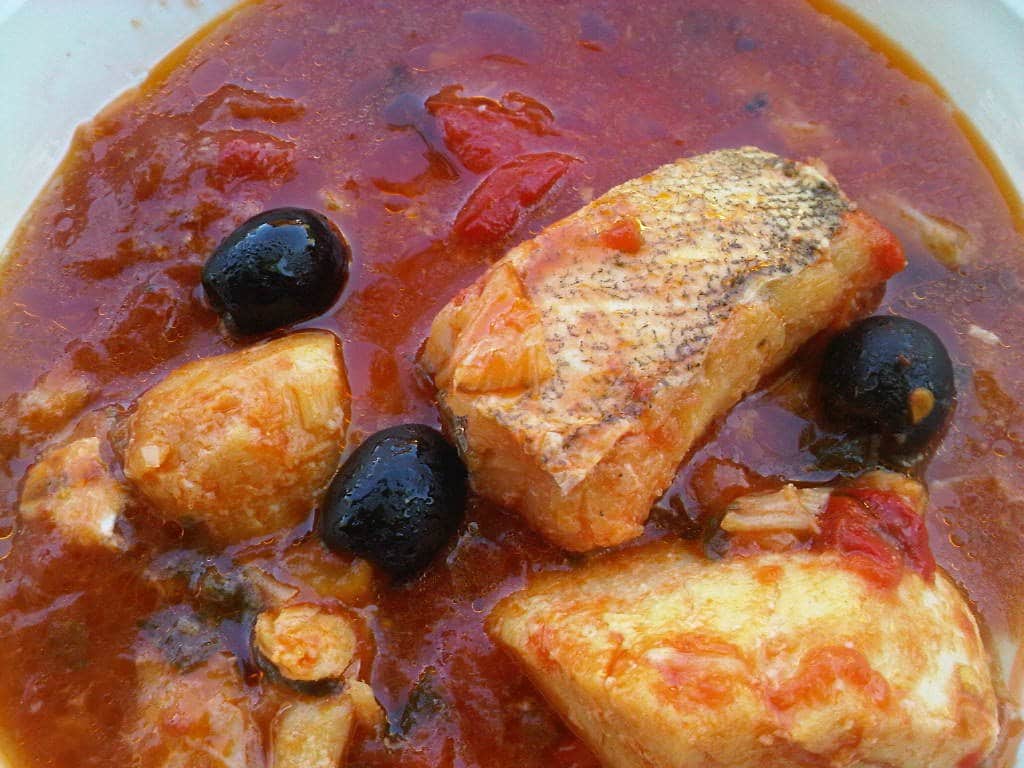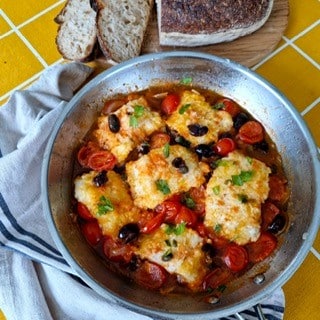
By Jocelyne Mansour
The Saturday mornings of my childhood were made up of two things: frantically helping my mum spring clean the house (with Donnie Sutherland’s Sounds playing on the TV in the background); and heading to the shops to buy the weekly groceries before they closed at noon.
In particular, I couldn’t wait to get to our local delicatessen. I would enter it with sheer joy. It made me feel as though I was being transported to the Europe of my imagination. I loved the deli’s Saturday morning buzz, its distinctive blended aromas of cheese, salami, and bread, and submerging myself in its community.
Wandering around the aisles with my curious eyes carefully inspecting all its products from countries I’ve never visited, I’d imagine what it was like to eat a sausage in Poland, or devour those creamy cheeses in France.
It’s where my love for food and travel truly manifested. Yet what filled my soul the most was the joyful multilingual conversations occurring in the background and hearing my father’s laugh above it all.
I remember the heightened sense of excitement in the deli as we approached significant Catholic feast days. Customers would tell stories about how feast days were celebrated back in the old country. They shared customs and traditions, and then there was the never-ending debate on how to colour boiled eggs for Easter Sunday.
However, there was one item that scared me: the stockfish (air dried cod) or baccala (salted cod). The deli sold a great deal of stockfish and baccala, particularly during Lent. I remember thinking I would never eat it, only to find myself married to an Italian and eating baccala during Lent.
The method of air-drying cod dates back as far as 800AD. It formed a major part of the Vikings’ trade in northern Europe for several centuries. Over time this method evolved into also preserving fish with salt. This approach to preserving fish was both affordable and effective, and it quickly spread throughout Europe, allowing people to enjoy the product all year round, even in famines brought on by wars or drought.
During 1545 and 1563, The Council of Trent established the calendar days of abstinence (Christmas Eve, Lent, and other holy days of obligation), where Catholics were encouraged to refrain from eating meat and or dairy products.
Fish, however, was permitted to be consumed, and given this was a time of no refrigeration, eating stockfish and baccala allowed people—especially those living inland—to observe the holy days in accordance with the church’s teachings.
During Lent, hundreds of years later, it is no surprise to find baccala or stockfish on many a family’s table throughout the Mediterranean. The most common and loved way of cooking baccala is in a rich tomato sauce with olives and capers.
The fleshy cod is surprisingly tender and melts in your mouth. It is very hard to resist taking some crusty bread and using it to wipe up whatever is left on your plate with an almost indescribable sense of pleasure.

Baccala with fresh tomatoes, capers, and olives
Ingredients
700g boneless salted cod fillet (if you don’t like salted cod, use fresh boneless cod fillet or any other firm white fish)
250g fresh cherry tomatoes, chopped in half
1 small brown onion, sliced
3/4 cup of Ligurian olives pitted and halved (or any other black olives)
1/2 cup of plain flour
1/2 cup of passata
½ cup of olive oil (extra if required)
2 tablespoons salted capers (rinsed thoroughly)
¼ cup minced continental parsley
If using salted cod you need to start the preparation ahead of time. Cut the fillet in half and rinse off all excess salt under the tap with cold water. Then place the cod in a very large ceramic bowl. Add fresh water until completely covered, cover in cling film and place in fridge. Change the water daily two times, and on the fourth day it’s ready to cook. Don’t leave it any longer.
- Cut the cod into six pieces (only using thick pieces), and coat with flour.
- Heat olive oil in a deep-frying pan (medium-high heat). Once the oil is hot, add the cod and fry batches just until a little golden then remove and set aside (only turn once and allow for five minute’s cooking time)
- Reduce heat to medium. Using the same pan add the onion and sauté until just soft (do not allow to go brown) then add capers, olives, cherry tomatoes, passata, and half of the minced parsley. Cook for five minutes.
- Gently place the seared cod (skin side down) back into the pan among the other ingredients and spoon over a little sauce over each piece of cod.
- Reduce the heat to keep at a low simmer. Add a lid to the pan and let it simmer, occasionally spooning over the sauce and adding little water as and if required. Allow to cook for 20 minutes or until cooked through.
- Once cooked, add the rest of the parsley. I like to place the pan ‘as is’ in the middle of the table and serve with crusty sliced bread.
Note: you may have thinner pieces left over from cutting the cod. You can either fry them separately in tempura batter or make baccala mantecato (classic Venician dip)
Jocelyne Mansour is an Australian Lebanese girl who met her Italian husband Marcello Della Monica whilst walking the Camino de Santiago.
